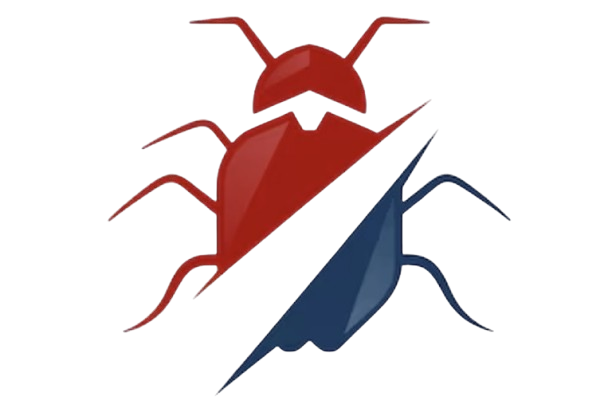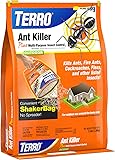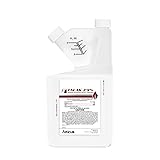Pest Lockdown
How to Get Rid of Bull Ants: A Comprehensive Guide
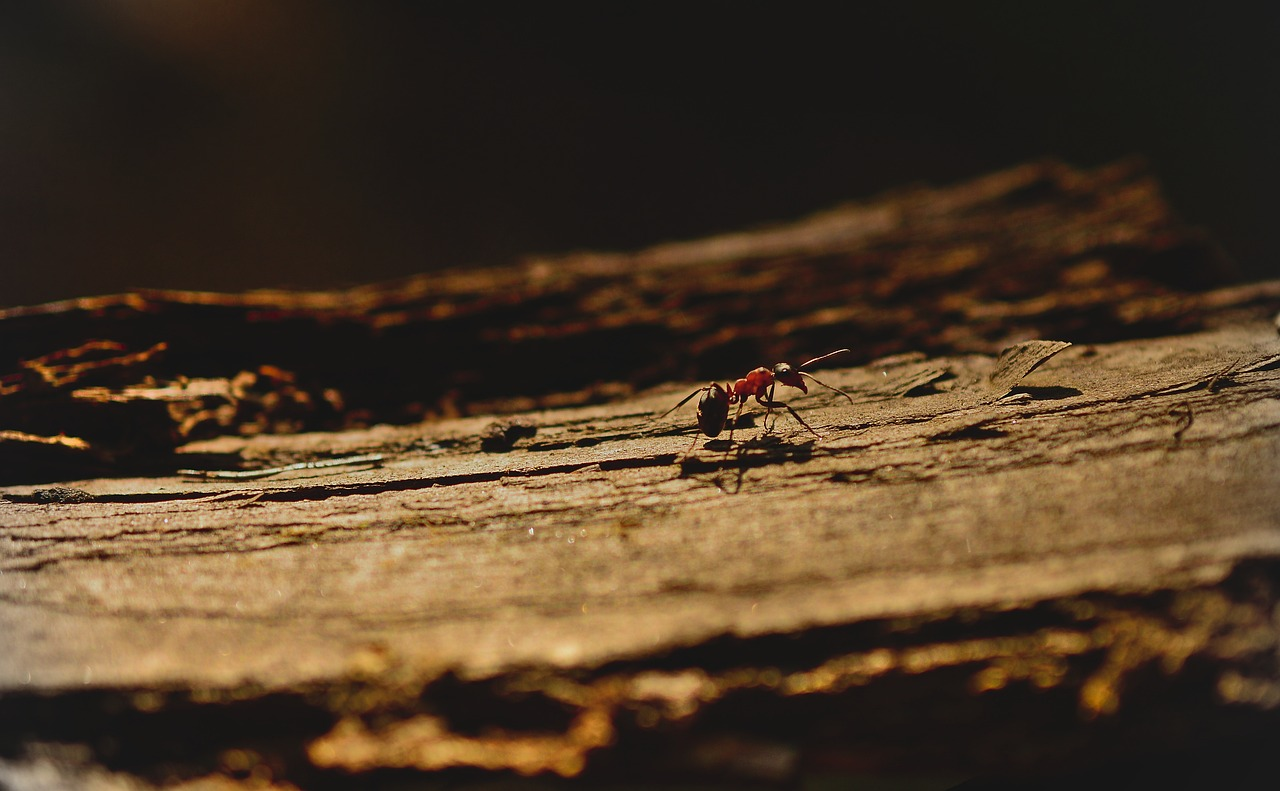
Bull ants are a common pest problem, particularly in Australia and other temperate regions. These large, aggressive ants can pose a significant threat due to their painful bites and aggressive behavior. Understanding how to identify, manage, and eradicate bull ants is crucial for maintaining a safe and comfortable living environment. This article provides an in-depth look at various strategies to get rid of bull ants, their nests, and prevent future infestations.
Understanding Bull Ants
Bull ants, also known as Myrmecia, are a genus of large, aggressive ants native to Australia. These ants are notorious for their potent stings, which can cause severe pain and allergic reactions in some individuals. Bull ants are typically solitary hunters, foraging alone rather than in groups, which makes them different from many other ant species that operate in colonies.
Bull ants are easily recognizable due to their size, which can range from 8 to 40 millimeters in length. They have large mandibles and long, slender bodies. Their coloration varies from black to reddish-brown, with some species exhibiting yellow or orange hues. Understanding the behavior and characteristics of bull ants is the first step in effectively managing their presence.

Where Do Bull Ants Live?
Bull ants are predominantly found in Australia, but they can also inhabit other temperate regions with suitable environments. They prefer habitats that provide ample food sources and nesting opportunities. Bull ants are commonly found in:
- Woodlands and forests: These environments offer plenty of hiding spots and food sources.
- Gardens and lawns: Residential areas provide a steady supply of food and nesting materials.
- Urban areas: Bull ants can adapt to urban environments, finding shelter in cracks, crevices, and gardens.
- Under rocks and logs: These spots provide protection and stability for their nests.
Understanding their preferred habitats can help you locate their nests and effectively target eradication efforts.
Identifying Bull Ant Infestations
Identifying a bull ant infestation is crucial for timely and effective intervention. Signs of an infestation include:
- Visible ants: Spotting large ants in and around your home is a clear indicator of their presence.
- Bite incidents: Experiencing painful bites is a strong sign of a bull ant infestation.
- Nests: Discovering nests in your yard or garden indicates an established colony nearby.
- Trails: Bull ants often leave trails as they forage, which can lead you to their nests.
Once you identify these signs, it’s essential to take immediate action to prevent the infestation from worsening.

What Do Bull Ant Nests Look Like?
Bull ant nests are typically constructed underground, often under rocks, logs, or dense vegetation. The entrances to these nests can be identified by the presence of loose soil or sand around the opening. These nests can be quite extensive, with multiple chambers and tunnels extending deep into the ground.
Bull ants are known for their meticulous nest-building skills, creating complex networks that provide protection and stability for the colony. Observing the ground for these signs can help locate the nests and implement targeted eradication methods.
How to Get Rid of Bull Ants Inside Your Home
Dealing with bull ants inside your home requires a multi-faceted approach to ensure complete eradication. Here are some effective methods:
Physical Removal
Physically removing bull ants is a straightforward method for small infestations. You can use a vacuum cleaner to suck up the ants and then dispose of the vacuum bag outside your home. For individual ants, you can use a tissue or cloth to pick them up and crush them.
Chemical Treatments
Chemical treatments are highly effective for larger infestations. There are several options available:
- Ant baits: These are designed to attract ants, which then carry the poison back to their nest, effectively killing the colony. Place ant baits in areas where you have seen ant activity.
- Insecticide sprays: These sprays can be applied directly to ant trails and nesting sites. Be sure to follow the instructions on the label for safe and effective use.
- Dust insecticides: These can be applied to cracks, crevices, and other entry points to kill ants on contact. Dust insecticides are particularly useful for hard-to-reach areas.
Natural Remedies
For those who prefer eco-friendly solutions, natural remedies can also be effective:
- Boiling water: Pouring boiling water directly into ant nests can kill the ants and destroy the nest. This method should be used with caution to avoid burns.
- Essential oils: Oils such as peppermint, tea tree, and eucalyptus can repel ants. Mix a few drops with water and spray around entry points and trails.
- Vinegar: A mixture of vinegar and water can be sprayed on ant trails and entry points to disrupt their scent trails and deter them from entering your home.

How to Get Rid of Bull Ant Nests
Targeting the nest directly is the most effective way to eliminate a bull ant colony. Here are some methods:
Digging Out the Nest
Digging out the nest involves locating the nest entrance and excavating the soil to remove the colony. This method requires physical effort and should be done with caution, as bull ants can become aggressive when their nest is disturbed.
Flooding the Nest
Flooding the nest with water can drown the ants and destroy the nest structure. This method is more effective in smaller nests and should be repeated multiple times for best results.
Applying Insecticides
Using insecticides is one of the most effective methods to eradicate bull ant nests. Here are some recommended products:
- TERRO T901-6 Ant Killer: This granular insecticide can be spread around the nest entrance and along ant trails.
Sale
- Say Goodbye to Bugs – Kills ants, fire ants, roaches, fleas, crickets, earwigs, millipedes, mites, palmetto bugs, silverfish, sow bugs, and more
- Works Fast – The powerful granules kill listed insect pests within 24 hours of contact while also providing residual repellency
- Keep Insects Out – For outdoor use only, apply the granules as band treatment around house foundations and on lawns, or as a spot treatment on ant hills
- Easy to Apply – The resealable shaker bag design allows for convenient application, there’s no chemical spreader or broadcaster required
- Ortho BugClear Insect Killer Spray for Lawns & Landscapes: This spray is suitable for outdoor use and can be applied directly to the nest and surrounding areas.
Sale
- Kill 235 bugs, including ants, ticks, armyworms, mosquitoes, fleas, spiders, periodical cicadas, and other listed insects with Ortho BugClear Insect Killer for Lawns & Landscapes Ready-to-Spray
- Starts killing within minutes and provides long-lasting control
- Use on lawns, around a home’s perimeter, and on ornamentals, flowers, trees, shrubs, vegetables & fruit trees
- Easily apply insect spray by connecting a garden hose to the attached sprayer
- Provides treatment for a 5,300 sq. ft. lawn, 1,400 sq. ft. of foundation/perimeter, or across 2,700 sq. ft. of foliage
- Talak 7.9% Indoor/Outdoor Insect Control: This versatile insecticide can be used both indoors and outdoors, making it ideal for treating nests and trails.
Talak 7.9% Indoor/Outdoor Insect Control – Bifenthrin Concentrate (32 Ounce) by Atticus
- VERSATILE PARTNER, PROVEN EFFECTIVENESS: Talak 7.9% Indoor/Outdoor Insect Control contains 7.9% bifenthrin. Bifenthrin has been a trusted insecticide delivering reliable insect control for more than 35 years and may be used in nearly any residential, commercial, or recreational setting.
- ONE SOLUTION COVERS IT ALL: Our water-based formula can be used indoors and outdoors and dries clear, leaves no residue, and is odor-free. This hard-working insecticide may be applied to lawns, landscapes, outside surfaces such as porches, patio and hardscape cracks/crevices, and window frames as well as interior baseboards, cabinets, sinks, and interior plantscapes. Plus, Talak 7.9 F does not cause phytotoxicity, which means it won’t damage your plants.
- BROAD-SPECTRUM INSECT KILL: Talak 7.9% Indoor/Outdoor Insect Control targets more than 75 indoor and outdoor pests including ants, fleas, ticks, spiders, scorpions, mosquitoes, roaches, and wasps. Talak may also be applied as a mound drench to eliminate dangerous fire ant colonies. See the label for application instructions and complete insect control list.
- KILLS ON CONTACT, WORKS UP TO 3 MONTHS: Expect fast results with an active ingredient that gets right to work. Talak 7.9% Indoor/Outdoor Insect Control kills pests on contact and lasts up to 3 months for continued insect control. Simply dilute with the appropriate water amount per intended use and application volume as listed on the label. Once sprays have dried completely, people and pets are free to re-enter the area. Read product label for application rates, dilution rates, and instructions.
- GET THE WATER-BASED ADVANTAGE: Getting rid of bugs shouldn’t come with stains, spots, and scents. Our water-based formula can be used indoors and outdoors and dries clear, leaves no residue, and is odor-free. Plus, Talak 7.9 F does not cause phytotoxicity, which means it won’t damage your plants.

How to Get Rid of Bull Ants in Grass
Bull ants can also infest grassy areas, posing a threat to children and pets. Here’s how to manage them in your lawn:
- Regular mowing: Keeping your grass short reduces hiding spots for ants.
- Water management: Avoid over-watering, as moist environments attract ants.
- Insecticide application: Use a lawn-safe insecticide to treat the infested areas. Follow the instructions carefully to avoid damaging your grass.
Preventative Measures to Keep Bull Ants Away
Keeping ants out of your home is easier than trying to eliminate them after an infestation has settled. Here are some effective preventative measures:
Seal Entry Points
Inspect your home for cracks, gaps, and holes that ants can use to enter. Seal these entry points with caulk or weatherstripping to keep ants out.
Remove Food Sources
Keep your home clean and free of food scraps. Store food in airtight containers and regularly clean kitchen surfaces to remove crumbs and spills.
Maintain Cleanliness
Regularly clean your home to remove potential attractants for ants. Pay special attention to areas where food is prepared and consumed.
Trim Vegetation
Trim back vegetation around your home to reduce hiding spots and pathways for ants. Keep branches and shrubs away from your house to prevent ants from accessing your home.
Monitor for Activity
Regularly inspect your home and yard for signs of ant activity. Early detection allows for prompt intervention before an infestation becomes severe.

How to Treat Bull Ant Bites
Bull ant bites can be extremely painful and may cause severe reactions in some individuals. Here’s how to treat them:
- Clean the bite area: Wash the bite with soap and water to prevent infection.
- Apply a cold compress: This can help reduce swelling and numb the pain.
- Use pain relievers: Over-the-counter pain relievers like ibuprofen or acetaminophen can help manage pain.
- Apply anti-itch cream: Hydrocortisone cream can reduce itching and swelling.
- Seek medical attention: If you experience severe pain, swelling, or an allergic reaction, seek medical attention immediately.
When to Contact a Pest Control Company
While DIY methods can be effective, there are times when professional help is necessary:
- Severe infestations: If the infestation is extensive and DIY methods are not effective, it’s time to call a professional to help you get rid of the bull ants.
- Health concerns: If bull ants pose a significant health risk due to allergies or severe reactions to bites, professional intervention is recommended.
- Persistent problems: If ants keep returning despite repeated efforts, a pest control expert can identify and address underlying issues.
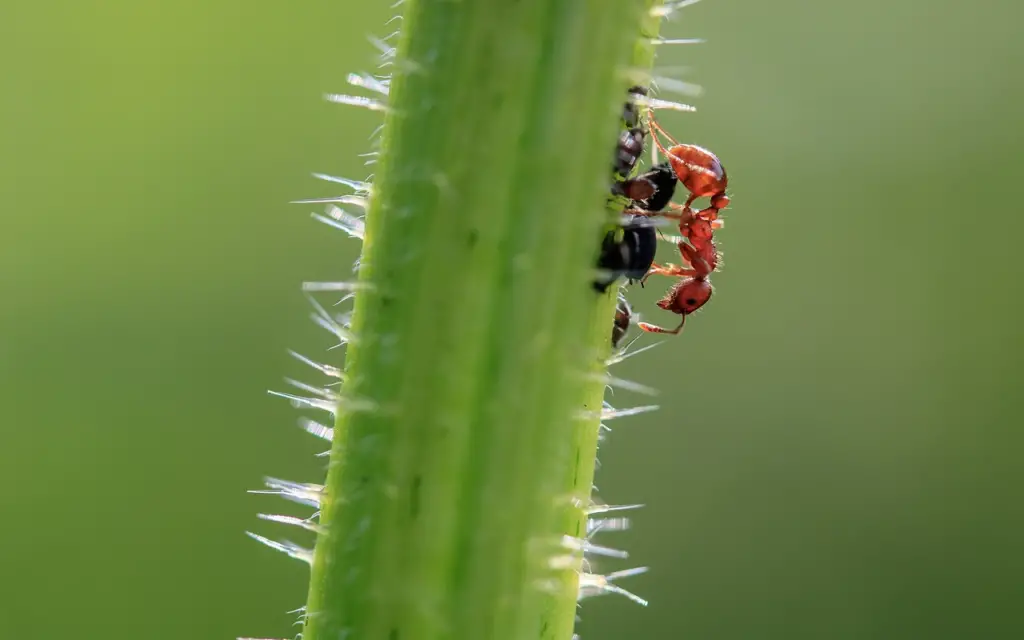
Final Thoughts
Bull ants can be a formidable pest, but with the right knowledge and strategies, you can effectively manage and eliminate them. Whether you opt for physical removal, chemical treatments, or natural remedies, it’s crucial to act promptly and remain vigilant to prevent future infestations. By understanding bull ants’ behavior, identifying their nests, and implementing preventative measures, you can maintain a safe and comfortable living environment free from these aggressive insects.
Remember, while DIY methods can be effective for smaller infestations, don’t hesitate to contact a professional pest control company if the situation becomes unmanageable. With persistence and the right approach, you can get rid of bull ants and keep them away for good.
Frequently Asked Questions
Do bull ants bite or sting?
Bull ants are capable of both biting and stinging. They use their powerful mandibles to bite and hold onto their target, and then deliver a venomous sting with their abdomen. This combination can result in a very painful experience for the victim, making bull ants particularly formidable among ant species.
Do bull ants have wings?
Adult bull ants are typically wingless, but during certain periods, reproductive members of the colony, such as queens and males, can develop wings for the purpose of mating. After mating, queens shed their wings and establish new colonies, while the males usually die shortly after mating.
Do bull ants jump?
Yes, some species of bull ants are known to jump. This unique behavior, rare among ants, allows them to surprise their prey or evade threats. Their strong legs enable them to leap considerable distances relative to their body size, making them even more formidable predators and defenders of their nests.
Do bull ants have venom?
Bull ants possess venom, which they inject through their sting. This venom contains various compounds that cause intense pain and can lead to allergic reactions in some individuals. The venom’s potency varies among different species of bull ants, but it is generally effective in subduing prey and deterring predators.
Can bull ants kill you?
While bull ants are highly aggressive and their stings are very painful, it is extremely rare for their sting to be fatal to humans. However, individuals with severe allergies to insect venom (anaphylaxis) may experience life-threatening reactions and require immediate medical attention. For most people, the sting, though painful, is not lethal.
Can bull ants kill dogs?
Bull ant stings can cause significant pain and discomfort to dogs, potentially leading to severe reactions or secondary infections if left untreated. While it is uncommon for bull ants to kill dogs, small or vulnerable pets, especially those with allergies, may experience severe health issues and should be monitored closely after being stung.
Can bull ants make you sick?
Bull ant stings can cause localized pain, swelling, and redness, and in some cases, systemic symptoms like fever, nausea, and dizziness which is why it is important to know how to get rid of bull ants. People with allergies to insect stings may experience more severe reactions, including anaphylaxis, which is a medical emergency. In general, while bull ants can make you feel quite unwell, they typically do not cause illness unless an allergic reaction occurs.
